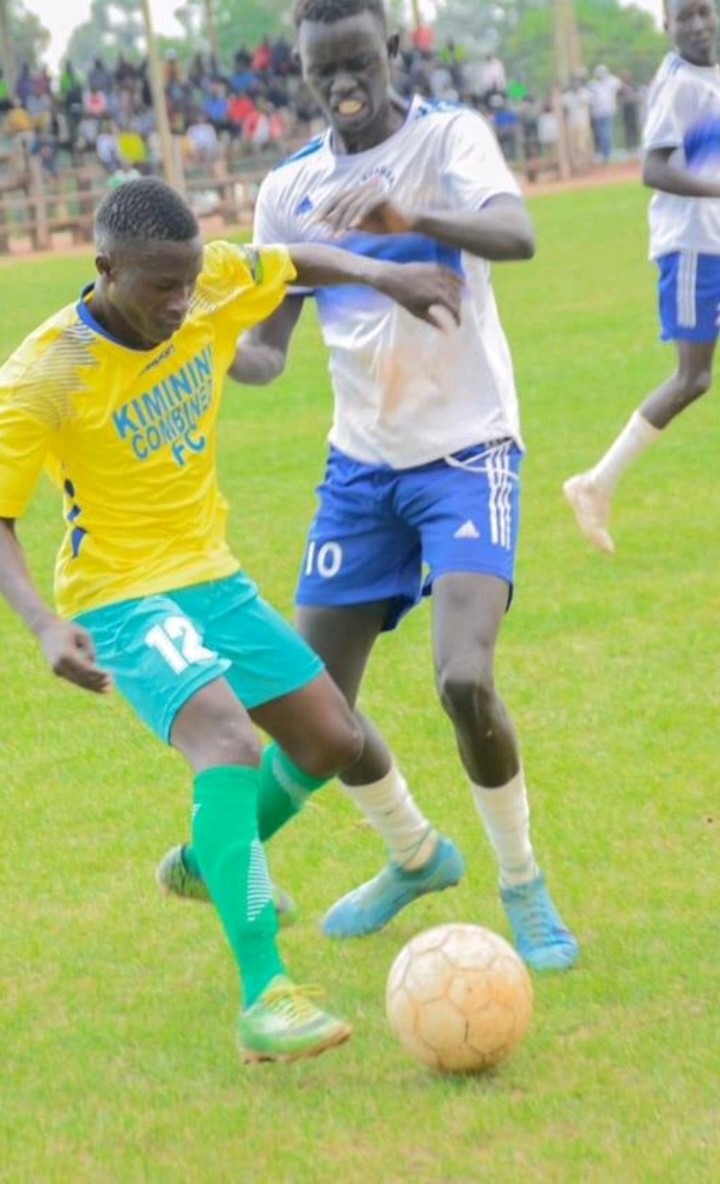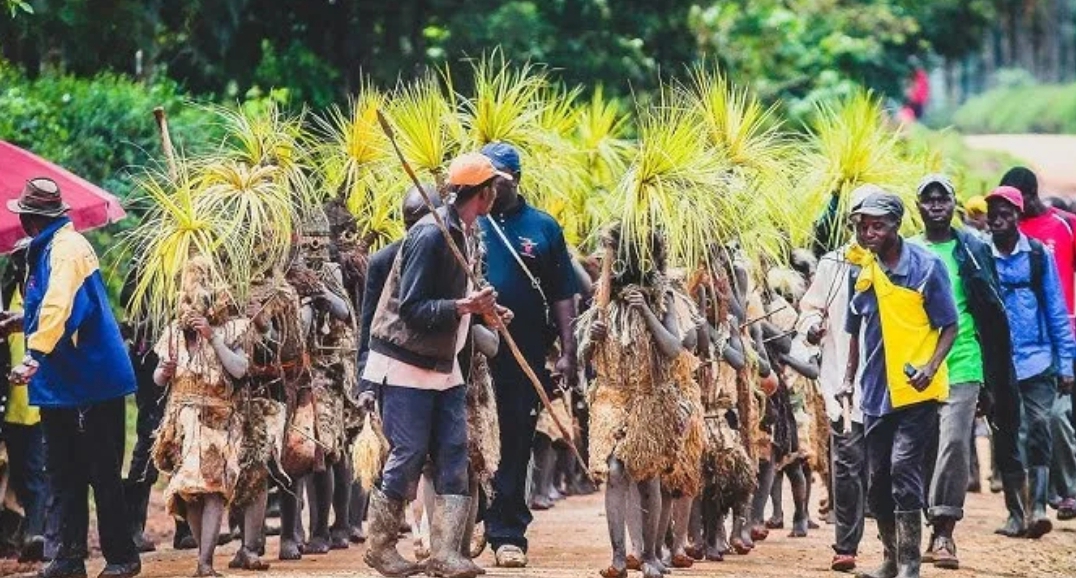In Greek mythology, Pandora opened a jar that unleashed all the evils of the world: sickness, suffering, and death.
In our schools today, the equivalent sexual grooming scandals have opened Pandora’s box, and what spills out is not just the evil of predatory teachers but also the silent complicity of those who enable them. Predators cannot thrive in isolation; they are shielded, protected and emboldened by a web of silence that stretches from the staffroom to the Ministry of Education. They say, ‘Silence is worse than disapproval.’ The people who remain silent while evil thrives in society are the most dangerous.
When a teacher preys on a learner, rarely is it an invisible act. Other teachers notice the late-night calls, the secretive “special treatment,” or the unusual closeness between predator and victim. Yet, many choose to look away. In some schools, loyalty to colleagues outweighs loyalty to children. Staff whisper in corridors but file no reports. Some rationalise it as “a small mistake” or worse, blame the child for “tempting the teacher.” Every time a colleague keeps quiet, they hand the predator a shield. It is also possible that when they first reported the matter, they were reprimanded for spreading rumours.
School heads are meant to be custodians of discipline and safety, yet many have become the first line of cover-up. When grooming cases arise, the reflex is often to “protect the school’s reputation” rather than the child’s dignity. Victims are intimidated into silence, parents are persuaded to “handle it quietly,” and perpetrators are quietly transferred rather than dismissed. Boards of Management, entrusted with governance, often toe the line, preferring harmony over truth. This is how predators migrate from school to school, leaving trails of broken children behind.
The Teachers Service Commission, the watchdog of teacher discipline, too often behaves like a sleepy guard dog. Investigations drag on for months, even years. In some cases, predators are interdicted but reinstated due to “insufficient evidence,” despite overwhelming testimonies from students. The disciplinary machinery is riddled with loopholes that crafty predators exploit. Worse still, the Commission has historically failed to maintain a transparent public database of offenders, allowing dismissed teachers to resurface in private schools or other counties undetected. By tolerating delay and opacity, TSC indirectly enables predators.
The Ministry of Education is no less culpable. While it issues circulars and policy guidelines, its enforcement is painfully weak. School inspections primarily focus on academic performance and infrastructure, rather than safeguarding policies. The Ministry does not demand clear reporting systems for abuse cases, nor does it audit how schools handle complaints. When scandals surface, officials are quick to condemn in press conferences but slow to institutionalise lasting reforms. A ministry that should be a shield for children has instead become a megaphone of rhetoric.
Law enforcement and the judiciary are also part of the problem. Police officers are often the first port of call in abuse cases. Yet, too many families encounter resistance instead of protection. Reports are “lost,” cases are mishandled, or victims are subjected to humiliating questioning that discourages them from pursuing justice. Corruption is a silent cancer here – predators with means can buy their way out of accountability. Even when cases reach the courts, endless adjournments and witness fatigue kill the spirit of justice. The law exists, but predators know they can wriggle through its cracks.
READ ALSO:
When a learner is bereaved: The missing link in teacher communication
Perhaps the most heartbreaking enablers are parents themselves. Out of fear of stigma, many silence their children instead of fighting for them. Some prefer to “settle” quietly with monetary compensation, trading a child’s future for temporary financial relief. Others doubt their children’s testimony, accusing them of lying or seeking attention. By choosing silence or denial, parents leave their children exposed and predators unchallenged.
Culture, too, plays its part. Our society is quick to blame the victim – especially girls – for “dressing indecently” or “leading on” adults. Boys are dismissed as “lucky” when they are abused, denying them the recognition of trauma. This victim-blaming culture not only discourages reporting but also feeds the myth that predators are less guilty if the child is “provocative.” It is a toxic lie that shields perpetrators. Even among learners themselves, peer culture can turn cruel. Victims are mocked, shamed, or branded with nicknames, turning their pain into a spectacle. Instead of support, many survivors find themselves isolated in the very communities where they should feel safest. This silent cruelty forces many to withdraw their complaints, leaving predators untouched.
Each of these enablers – teachers, heads, boards, TSC, Ministry officials, police, parents, peers – may think their silence or complicity is minor. But combined, their actions create a fortress around predators. The cost is immense: lost childhoods, shattered confidence, lifelong trauma, and an erosion of public trust in teachers and schools. Yet just as Pandora’s box contained one last thing—hope—so too can our schools. Hope lies in whistleblowing teachers who refuse to remain silent, in courageous parents who demand justice, in transparent TSC records, in a Ministry that prioritises child protection, in police officers who treat victims with dignity, and in a culture that supports rather than shames survivors. Hope is not passive; it must be built through accountability, vigilance, and collective courage.
Until we confront not just the predators but also their enablers, grooming scandals will persist. The lesson of Pandora’s box is clear: evils multiply when ignored, but hope survives when acted upon. It is time to act.
By Ashford Kimani.
You can also follow our social media pages on Twitter: Education News KE and Facebook: Education News Newspaper for timely updates.
>>> Click here to stay up-to-date with trending regional stories
>>> Click here to read more informed opinions on the country’s education landscape






